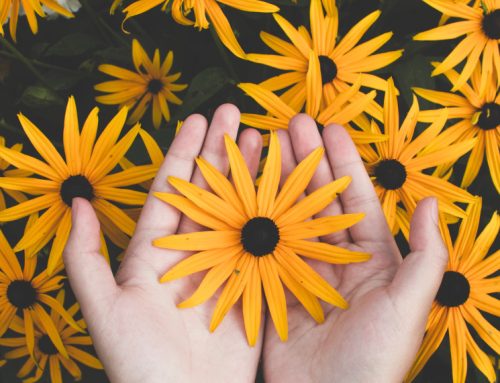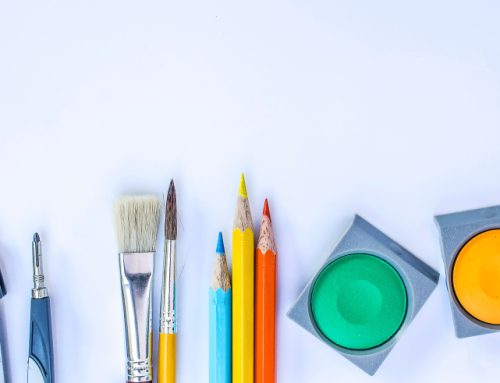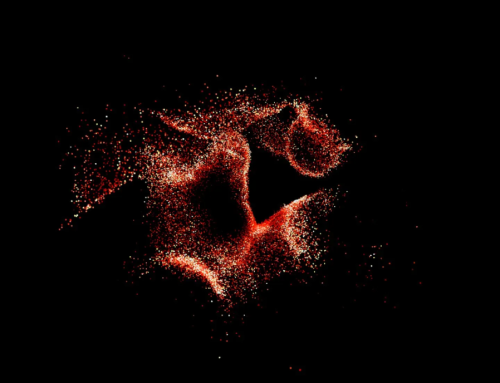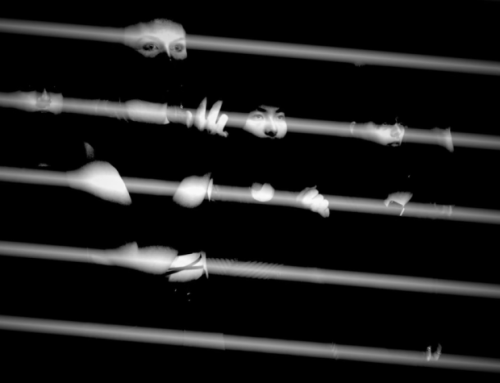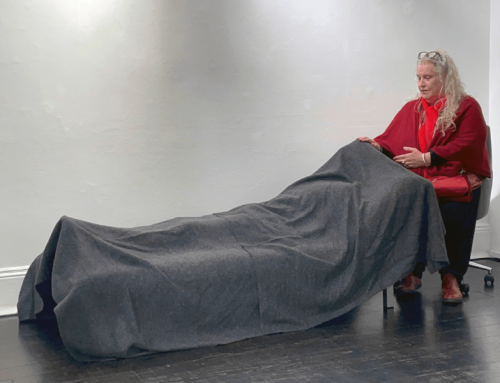Harriet Body is an artist and educator whose creative practice centres around meditative slowness, care and community. Below, she carefully unravels her quandaries as both an artist and expectant mother.
As I write this article I’m due to give birth to my second child.
My brain is soupy as I grapple with the reality of being Just Mum once again.
I prepare for 12 months of maternity leave. 12 months of full-time, maternal, domestic, stay-at-home, labour.
I await birth (destroyed vagina, unproductive breasts, shock, gore, exhaustion, misery). I paint walls. I clean out the pantry. I dig new garden beds. “Take it easy!” I’m ordered. I talk to a therapist. Am I manic? Or just nesting? The waiting days yawn at me. It’s only been a week. I have food stains on the belly of all my jumpers. I put away the washing and a shelf in my cupboard falls down. I swear loudly, tears well up. I use a pair of jeans as a whip – it makes a satisfying whoosh and crack noise as it hits the floorboards. I play excruciating games with my four-year-old. I read a collection of biographies about mother-artists, by a mother-writer who is also trying to figure it all out: ‘The Baby on the Fire Escape: Creativity, Motherhood, and the Mind-Baby Problem’ by Julie Phillips. It’s the stories of confused, pained, tortured mothers that hold my morbid attention and empathy.
I’ve just read the above paragraph back to myself. Guilt. So dramatic. I’m so lucky. I should be grateful.
Two kids. How will I ever make art again?
 I have a socially engaged art practice, which means that I make art with people: running workshops, collaborating with community groups, thinking about shared human experience. I’m also employed by the National Gallery of Australia where I work with a team to develop creative wellbeing workshops and programs for people living with dementia and their care partners. A significant part of both my independent practice and my work at the NGA is thinking about space and experience and how to make these safe. I prioritise participant wellbeing and enjoyment and, maybe, hopefully: epiphany! Inspiration! Hope!
I have a socially engaged art practice, which means that I make art with people: running workshops, collaborating with community groups, thinking about shared human experience. I’m also employed by the National Gallery of Australia where I work with a team to develop creative wellbeing workshops and programs for people living with dementia and their care partners. A significant part of both my independent practice and my work at the NGA is thinking about space and experience and how to make these safe. I prioritise participant wellbeing and enjoyment and, maybe, hopefully: epiphany! Inspiration! Hope!
Care as a practice is what I do and love. But therein lies the irony: why then, do I find motherhood so difficult?
 In 2021, three years after becoming a mum the first time, still blinking in slow adjustment, I became a part of The Cad Factory’s CASE Incubator: a professional development, knowledge sharing, and mentorship program for artists who work within the field of socially-engaged practice. The incubator involved a number of intensive residencies with Cad Factory directors, Vic and Sarah McEwen and three other practitioners: conductor, Sarah Penicka-Smith (she shapes communities into choirs), dance artist, Diane Busuttil (she helps aged-care residents re-discover their bodies through movement), and artist, Sunita Bala (she provides space and opportunity for disempowered individuals to tell their stories). Days were filled to the brim with yummy vegan feasts and deliciously deep, focussed, interrogative conversation. I left Just Mum at home and was there, fully present as Just Artist.
In 2021, three years after becoming a mum the first time, still blinking in slow adjustment, I became a part of The Cad Factory’s CASE Incubator: a professional development, knowledge sharing, and mentorship program for artists who work within the field of socially-engaged practice. The incubator involved a number of intensive residencies with Cad Factory directors, Vic and Sarah McEwen and three other practitioners: conductor, Sarah Penicka-Smith (she shapes communities into choirs), dance artist, Diane Busuttil (she helps aged-care residents re-discover their bodies through movement), and artist, Sunita Bala (she provides space and opportunity for disempowered individuals to tell their stories). Days were filled to the brim with yummy vegan feasts and deliciously deep, focussed, interrogative conversation. I left Just Mum at home and was there, fully present as Just Artist.
It was during one of these residencies that I fell deep into an ethical quandary that has been skirting the brim of my consciousness for years: I often work with groups of people who share something that I don’t. Disability, ill health, or some other sort of marginalised experience. What does it mean for me to discover art in the experiences of others? The answering of this is context dependent and always complicated, and the CASE Incubator helped me to arrive at another, more productive question: How can I be more explicit in my role as an artist creating work within a community of people?
 What would happen if I flip my thinking from give and take / care and receive / facilitate and experience to share?
What would happen if I flip my thinking from give and take / care and receive / facilitate and experience to share?
What if I am honest about my own desperate desire for epiphany(!), inspiration(!), and hope(!)? How could I share my vulnerabilities while also holding responsibility and care for the individual experience and vulnerabilities of my collaborators?
And actually, how could my experience of mothering, all that I’ve learnt and all that I’ve become, inform this approach?
I’ve just paused typing to stroke my ripe belly. The baby is kicking the ribs on my right-hand-side and some part of him nuzzles my bladder. I need to wee.
I want my art to be this: the moments where human experiences are connected … until they aren’t.
And so, what is possible over the next 12 months of being Just Mum again? (As if we’re ever ‘just’ anything).
Maybe, I’ll find some illusive, in-between space to physically make something, to have my own thoughts, to remain uninterrupted even just for 20 blissful minutes at a time.
Maybe there’s other ways to embrace the deeply personal struggle of mother-art-life. Not just within the freedom of separation, but within the labour of connection.

Mother-artist biographer, Julie Phillips, maybes too, “maybe the interruptions are what I’m meant to be noticing. Perhaps interruption and disruption are not what keep me from seeing mothering clearly, but are the conditions of maternal creativity.”[1]
Through my socially engaged practice I’ve discovered that art can be 45 minutes of free-form dancing with a group of strangers (ArtBeat, 2017-2022), it’s hour-long conversations with patient’s in palliative care (The Creative Legacy Project, 2020), it’s a long stick-collecting walk with my beautiful, perfect, wonderful son, Ted (Did you know the Sun is just another star? 2022).
Before the end of two weeks (tops) I’ll be the full-time carer for a brand-new person entirely dependent on me and I’ll be thrust into new communities of people who are also contending with the loneliness, the magnitude, the joke of parental labour.
Maybe I can find art in the living of all of this.
[1] Phillips, J. (2022). The Baby on the Fire Escape: Creativity, Motherhood and the Mind-Baby Problem. W.W. Norton.

